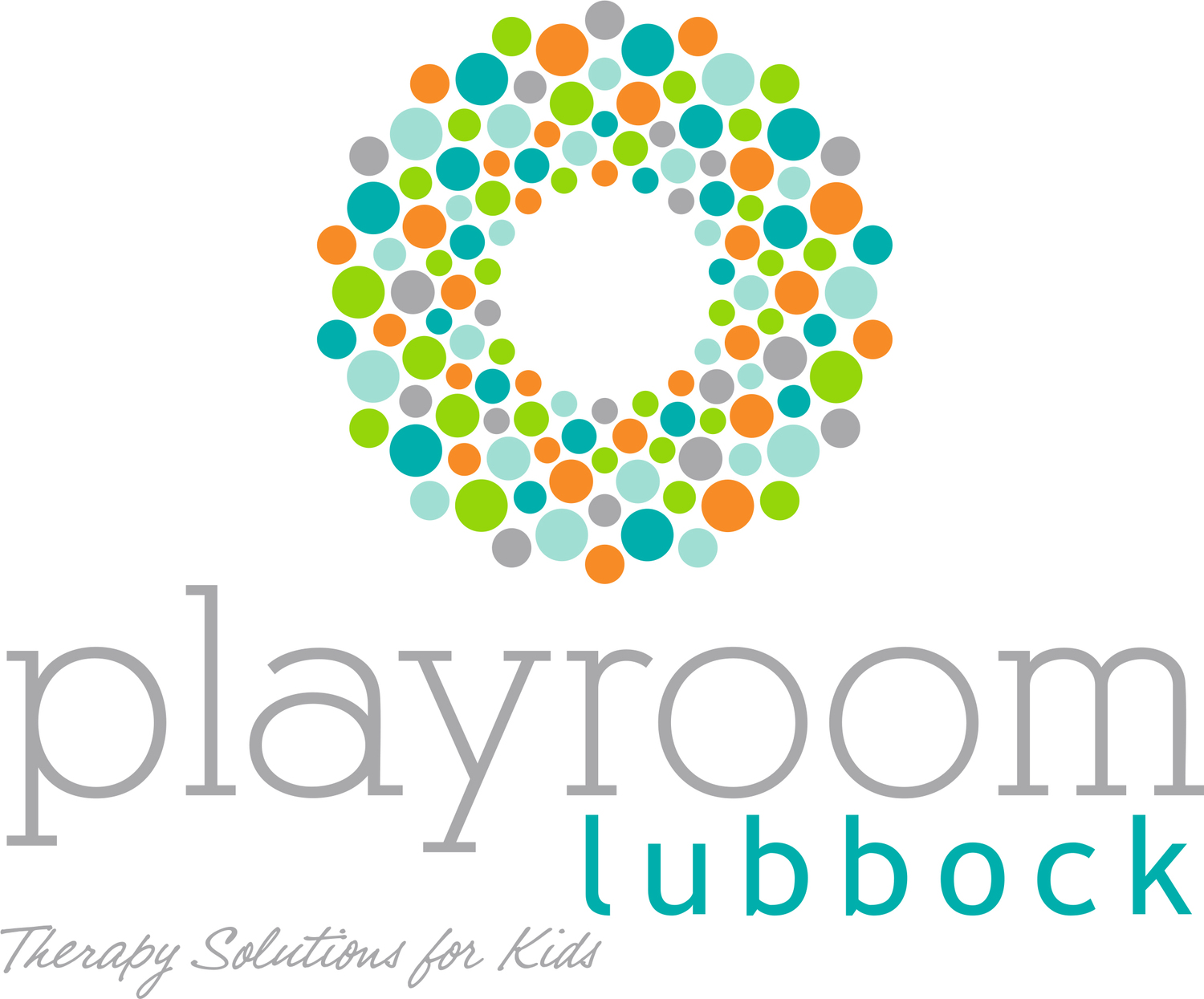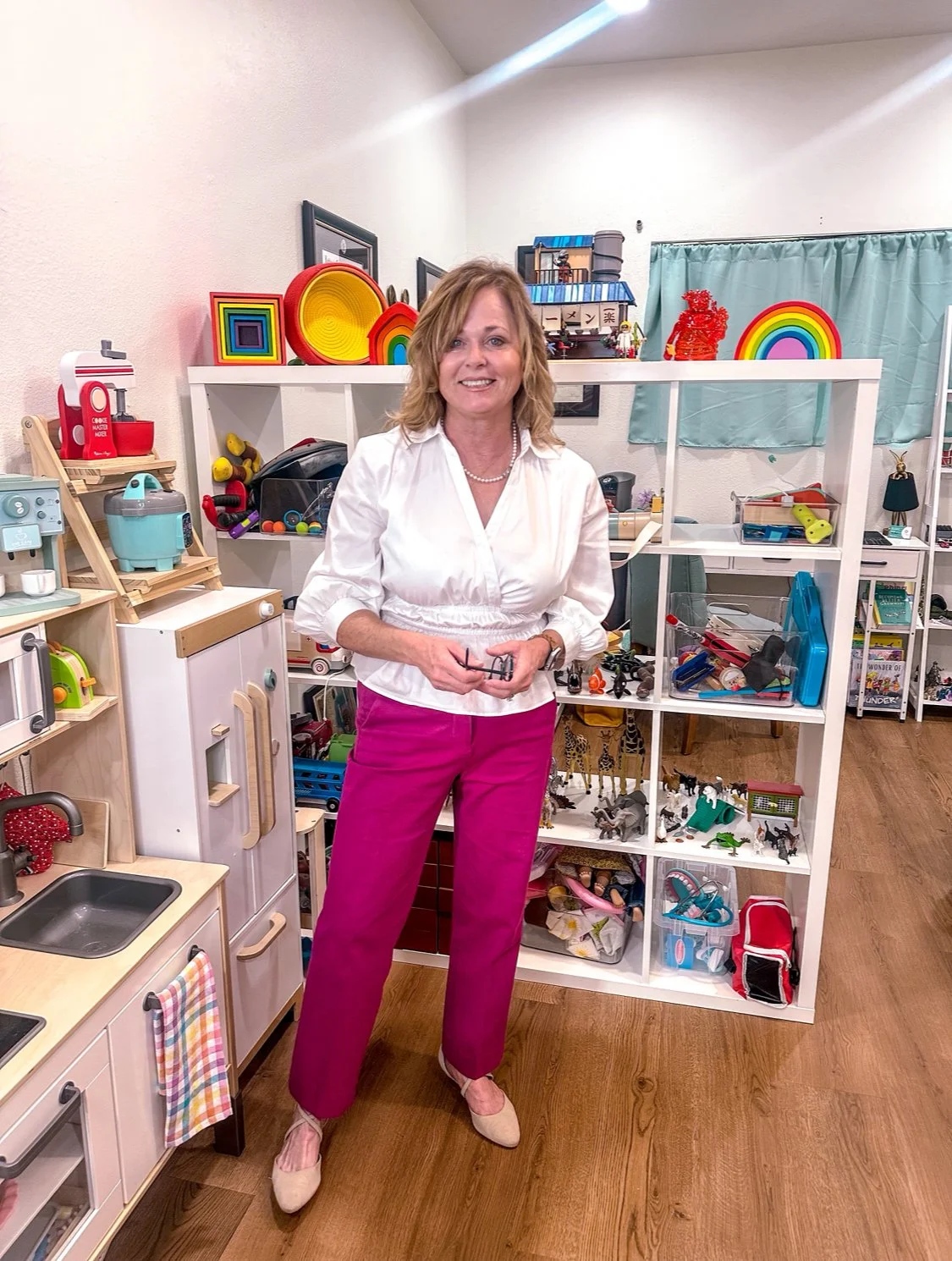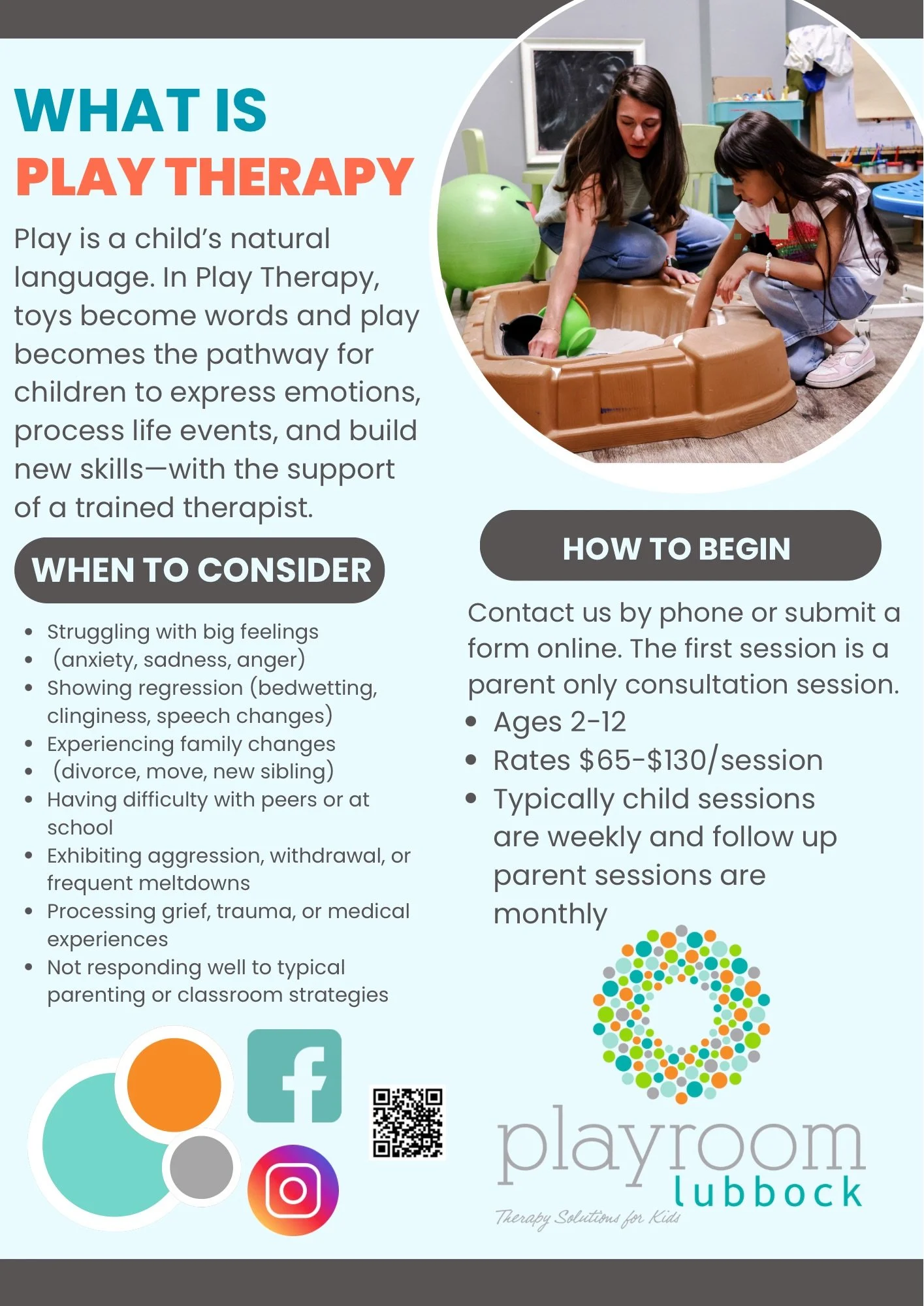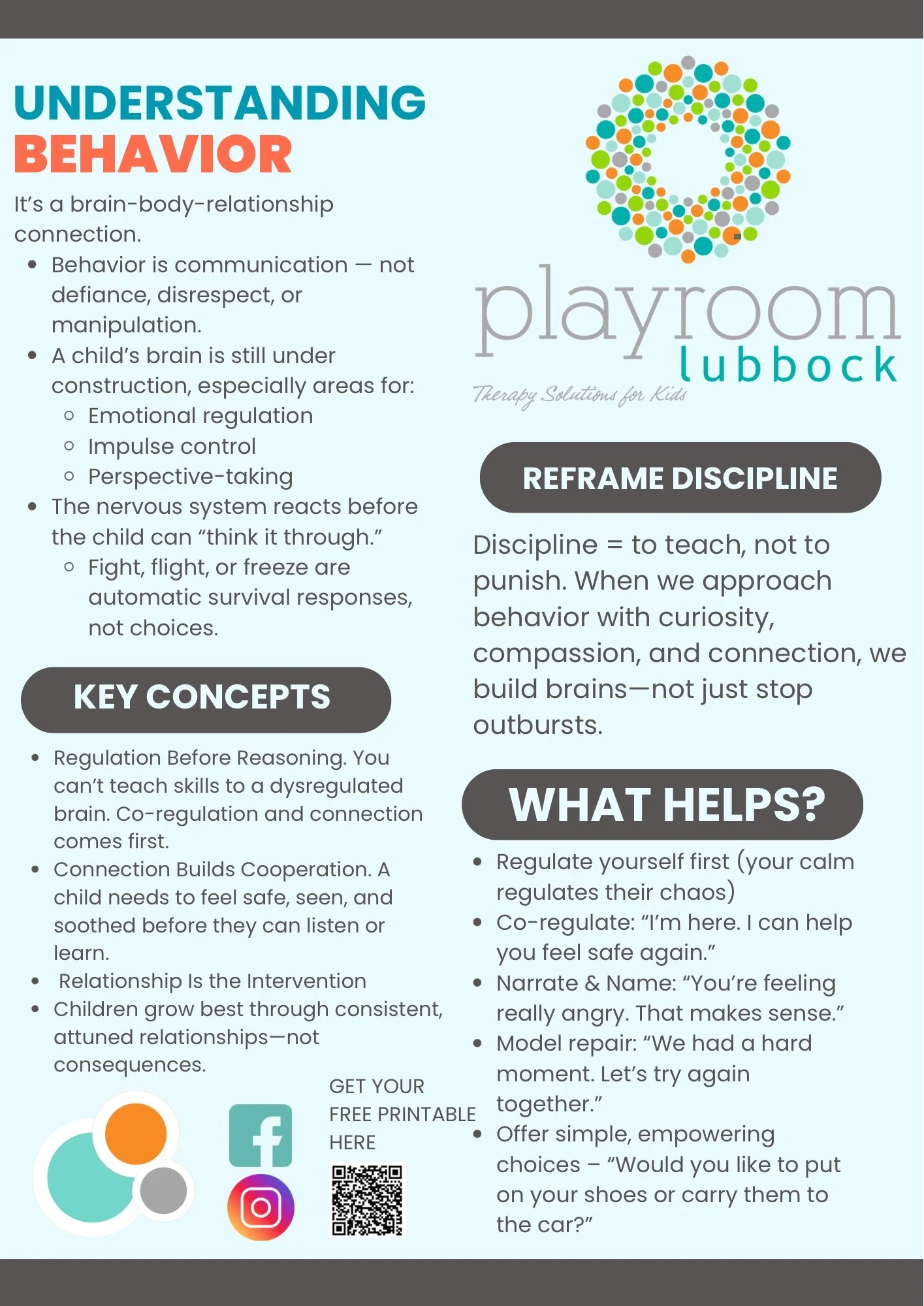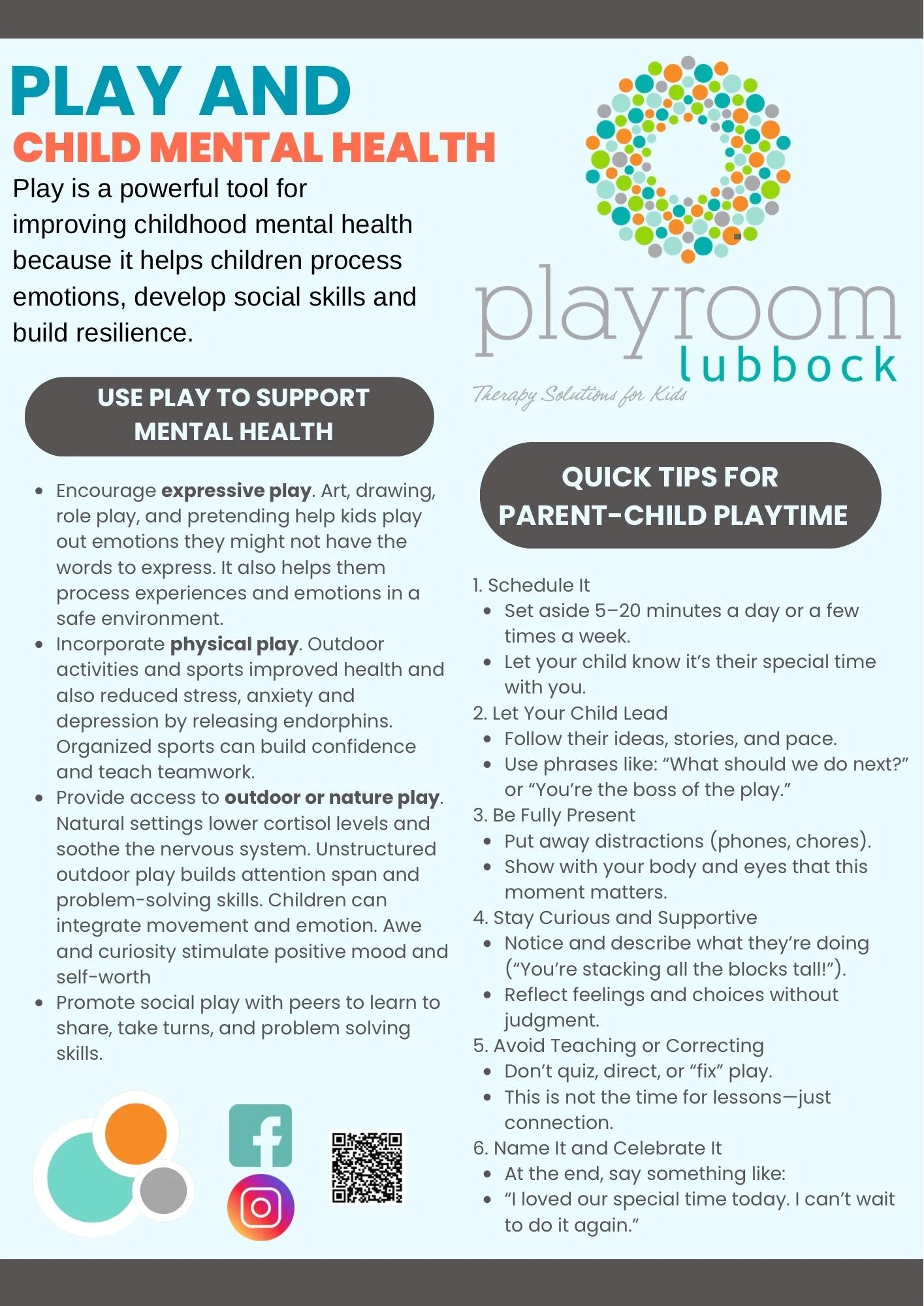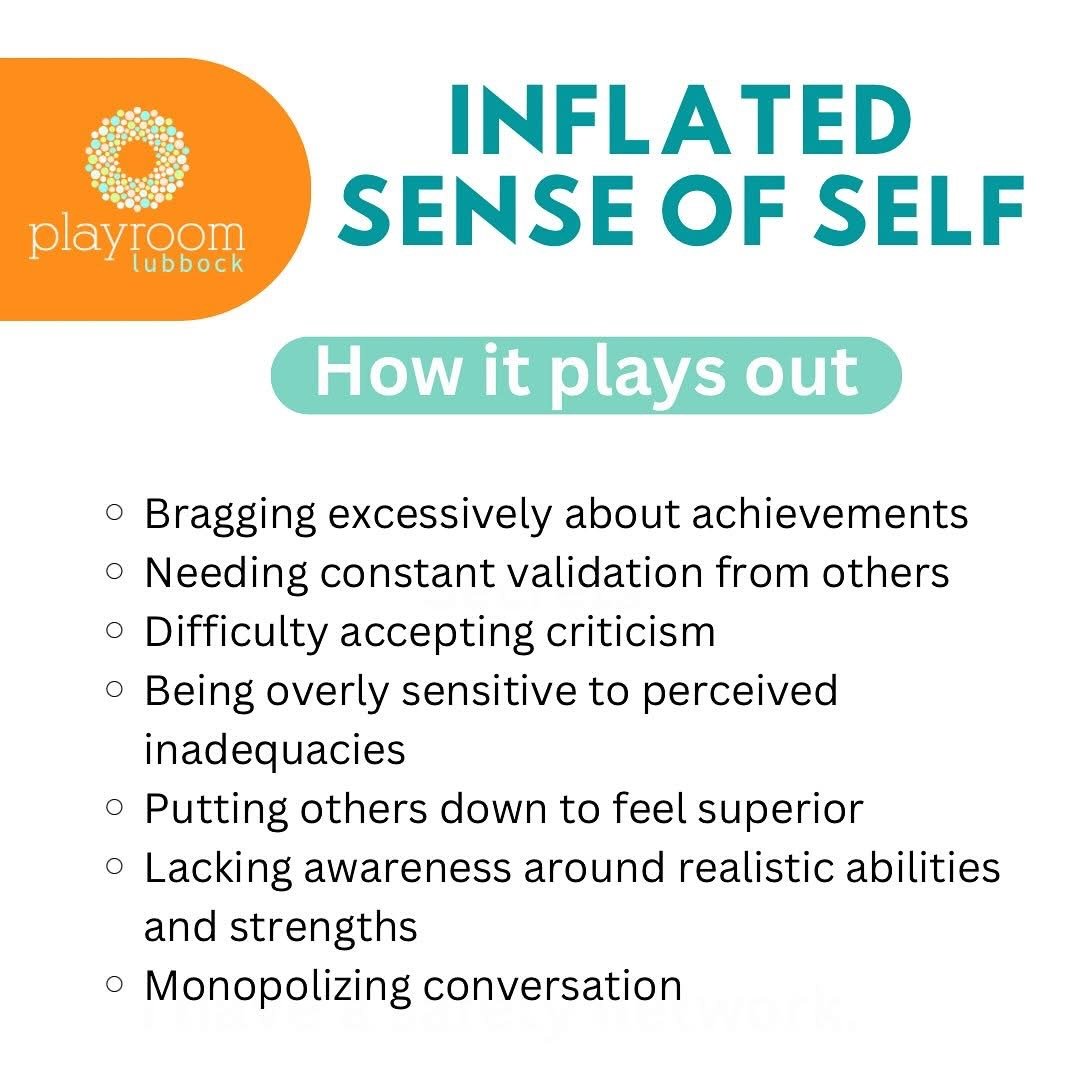Regulation Based Responses
When a child’s behavior feels big (meltdowns, shutdowns, or endless “no’s”) it’s easy to focus on stopping the behavior instead of listening to what the child’s body is trying to say. But regulation begins not with control, but with connection. The words adults choose can act as a bridge between a child’s overwhelmed brain, body, and sensory system. It helps them not only feel safe again, but also learn what safety feels like inside themselves.
When we slow down, name sensations, and use language that grounds rather than corrects, we help children notice their own internal signals: the tight chest, the racing heart, the flutter in their stomach. Over time, this awareness becomes the foundation for self-understanding. Think of an inner map that helps them recognize, “This is what calm feels like. This is when I need help.”
Step 1: Notice what the child’s body is doing (without judgment)
Say what you see instead of labeling it as “bad.”
This helps the child feel seen and starts to build body awareness.
Examples:
“I see your feet are stomping really hard.”
“You’re hiding under the table right now.”
“Your hands are hitting, and your body looks tight.”
“You’re biting — it looks like your body has a lot of big energy.”
Step 2: Put feelings or body sensations into words
This helps the child connect their body signals to emotions.
Examples:
“It seems like your body might be feeling mad or frustrated.”
“Your body looks like it needs to feel safe right now.”
“It looks like your body has so much energy, it’s hard to keep it inside.”
“Sometimes when our body feels out of control, it’s trying to tell us it needs help.”
Step 3: Offer a choice or alternative for regulation
Instead of saying “stop,” guide the child to what they can do to meet the same sensory or emotional need safely.
Examples:
“Your feet want to stomp — let’s go stomp on the mat or outside.”
“If you need to hide, you can use the cozy corner so your body feels safe.”
“If your hands need to hit, you can hit the pillow or push on the wall.”
“If your mouth needs to bite, you can chew on this chewy or take a drink of water.”
Step 4: Co-regulate with connection
Once the child starts calming, the teacher can offer presence and language to help integrate the moment.
Examples:
“Your body worked really hard to calm down. I’m proud of you.”
“Let’s take a breath together before we go back.”
“You found a safe way to use your big energy — that’s what helps your brain learn again.”
Summary Script Example
“I see your body is stomping really hard. It looks like you might be feeling mad or have a lot of energy. You can stomp on this mat or take a break in the calm corner. Which one do you want?”
